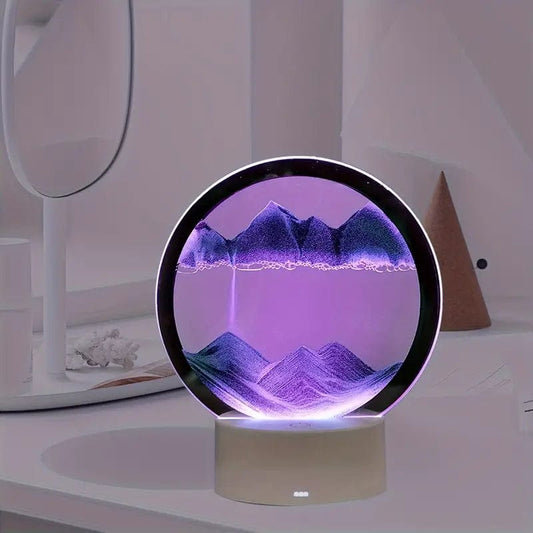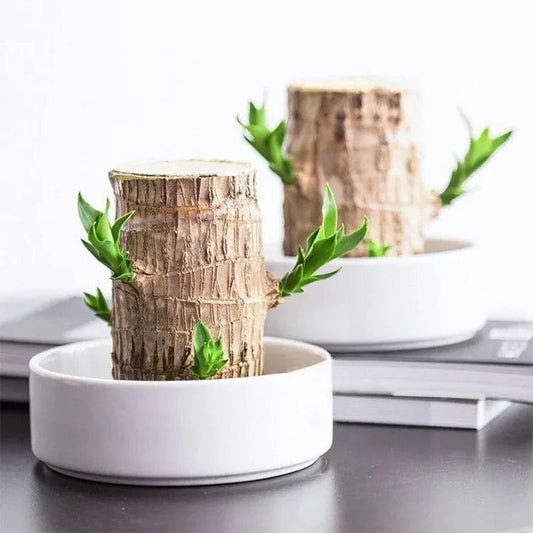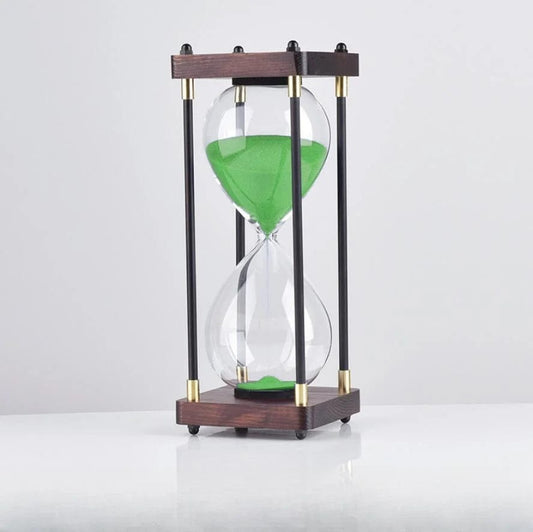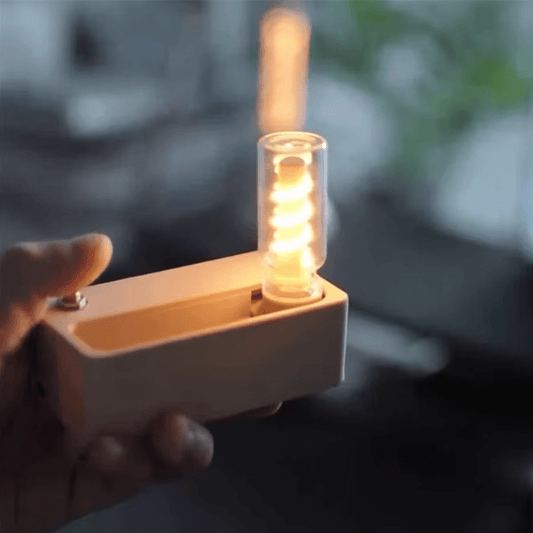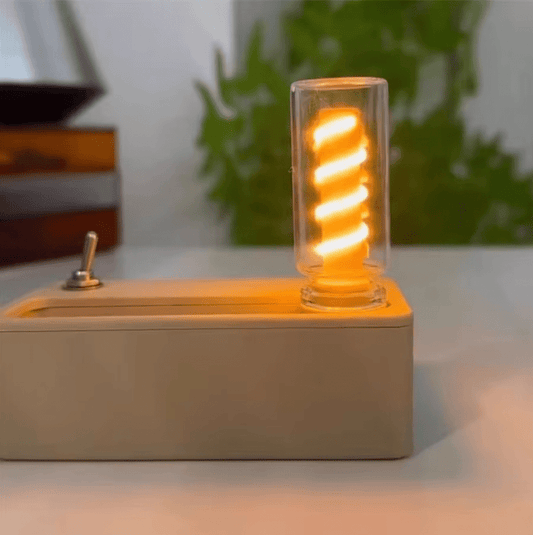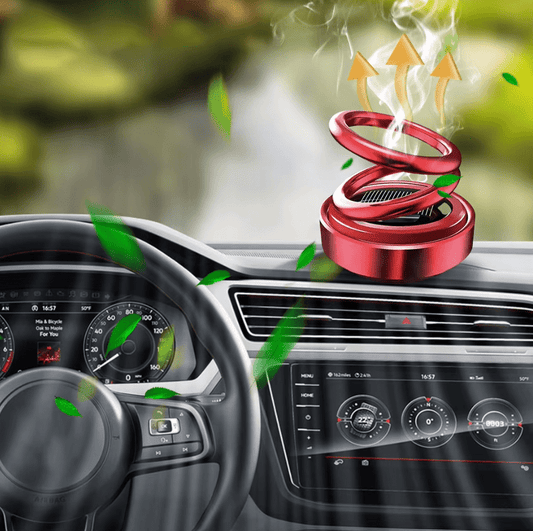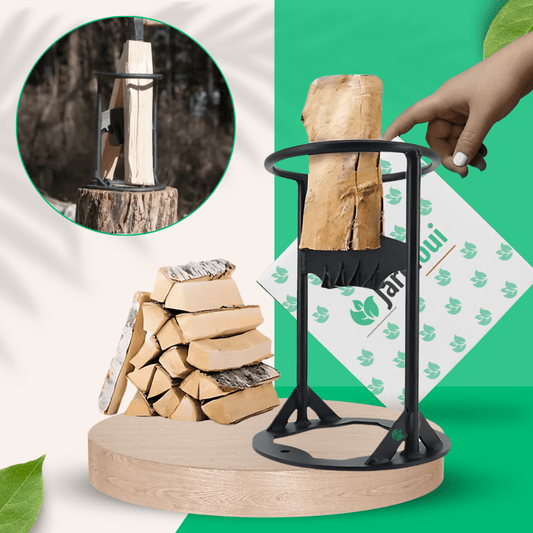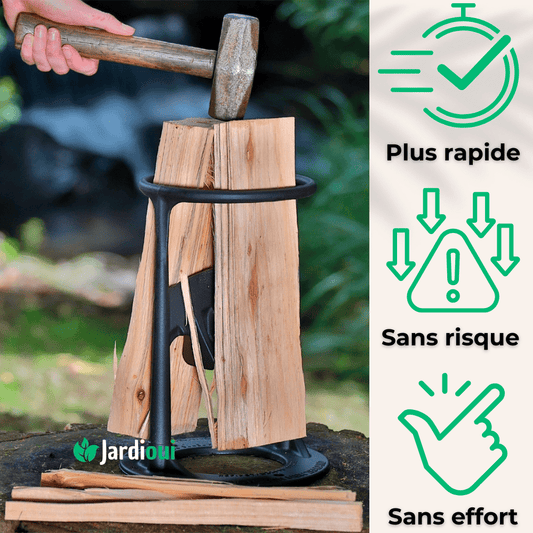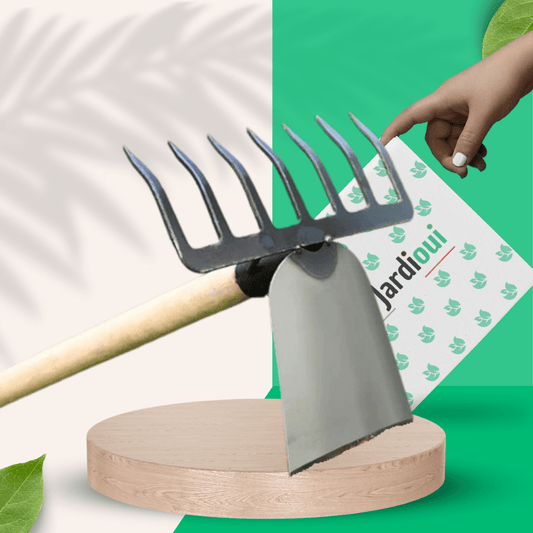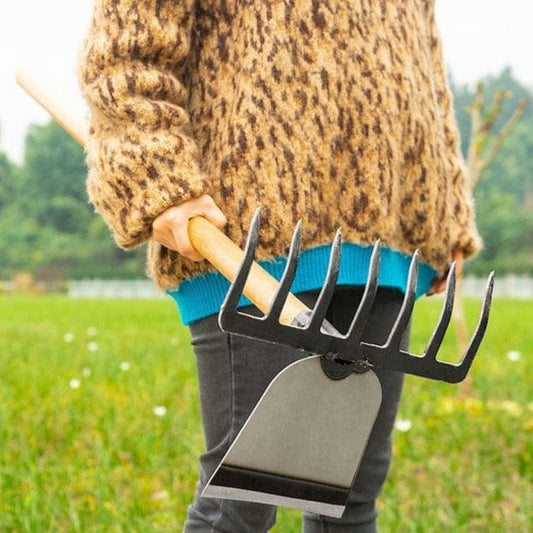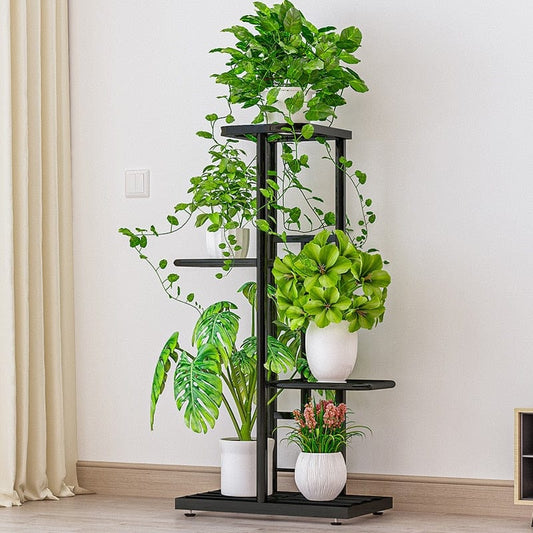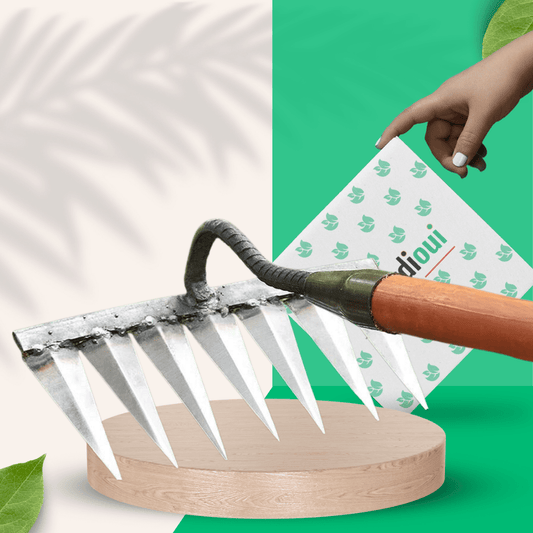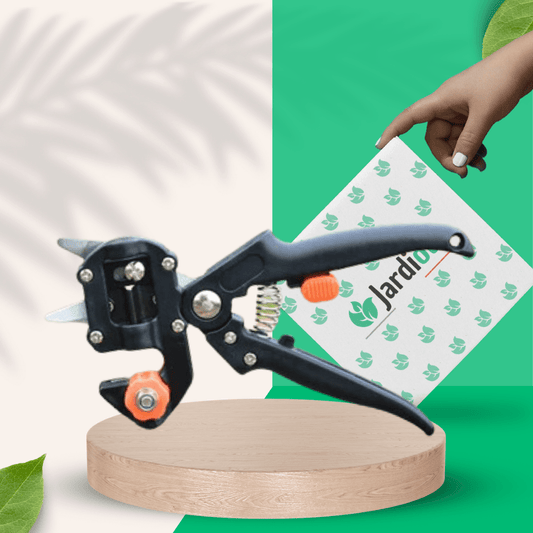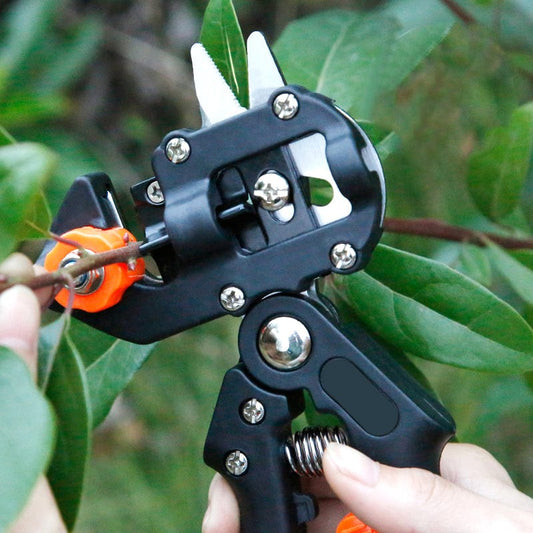Everything you need to know about organic garden fertilizers

Anyone who has gardened knows that plants need nutrients to be healthy and thrive.
In residential landscapes, Mother Nature needs a little help from gardeners to replace depleted nutrients. Because plants have varying needs and there are many types of fertilizers, knowing when and how to fertilize can seem intimidating.
Here is some basic information to better understand what types of fertilizer your garden requires.
ESSENTIAL NUTRIENTS FOR PLANTS
Nitrogen promotes healthy leaf growth by stimulating the production of chlorophyll, which is the main pigment that allows plants to convert sunlight into food. Excess nitrogen will result in too much foliage and fewer flowers or fruit, while a lack of nitrogen causes yellowing leaves, stunted growth and smaller flowers or fruit.
Phosphorus promotes healthy stem and root development, as well as abundant flower and fruit production. Phosphorus deficiency can lead to leaf drop, weak flower stems, and buds that fail to open.
potassium, also called potash, is a global nutrient used by the entire plant. It helps plants use their photosynthate and allows for faster recovery from damage caused by insects and diseases or weather extremes. A lack of potassium can result in yellowing leaf edges, weak flower stems and poorly developed buds.
Nutrient Ratios: The N-P-K ratio refers to the percentage of nitrogen, phosphorus and potassium present in a fertilizer.
If you want to boost flower production, a formulation such as 12-55-6 will contain a higher amount of phosphorus, which promotes more abundant flowering.
To green up your lawn, a fertilizer with a ratio such as 29-0-4 contains a higher concentration of nitrogen, which promotes lush leaf growth.
Other nutrients:
To thrive, plants also need micronutrients and trace minerals in small amounts, which include calcium, magnesium, sulfur, boron, copper, iron, manganese and zinc.
"Alimentation" vs "Fertilisation"
Horticulturist and owner of Variegata Studio, Denise Kelly, says: "It's helpful to remember that fertilizers are more like vitamins than food, especially when it comes to deciphering the rate and frequency of 'application.
Plants make their own food through photosynthesis, harnessing energy from the sun to create sugars from carbon dioxide and water.
Plants also require mineral elements (similar to our vitamin supplements) for essential life processes; fertilizers provide one or more of these essential elements. Nitrogen, phosphorus and potassium (N, P, K) are the three elements that are most likely to be lacking in our soils, because plants use them in greater quantities compared to other nutrients.
TYPES OF FERTILIZER
It is important to determine what your plants need to choose the appropriate fertilizer. Pre-packaged fertilizers are formulated to meet different nutritional needs, with some specifically formulated for roses, trees and shrubs, vegetables, lawns or bulbs, taking the guesswork out of it.
-
Organic vs. Inorganic:
Fertilizers are available in organic (derived from plants or animals) or inorganic (chemically manufactured) forms. Organic types are better for the environment and help improve overall soil health. Inorganic fertilizers do nothing to improve the soil and have no positive residual effects. In some cases, they can be harmful to the environment and wildlife, so it is important to weigh the pros and cons before use. -
Granular vs. Soluble in water:
There are two basic forms of fertilizer, each with advantages and disadvantages. Slow release granular fertilizers have the advantage of providing nutrients over a longer period of time. Water-soluble fertilizers work faster, providing a quick boost of nutrients when plants need an immediate boost. These are generally less aggressive and last less long, so must be applied more frequently.

WHEN AND HOW TO FERTILIZE?
Most plants benefit from applying a slow-acting granular fertilizer in early spring to stimulate new growth. Some plants, like native species and succulents, require little or no additional fertilization.
Factors such as soil type, pH, humidity, drainage and temperature can affect a plant's ability to absorb nutrients. Here are some general guidelines; some plants in these categories may have different needs.
-
Trees and shrubs:
Most trees and many shrubs need little or no supplemental fertilizer, depending on soil health. If necessary, apply a granular fertilizer in early spring.
Use a fertilizer specially formulated for trees and shrubs and apply it around the drip line. -
Perennials:
Most ornamental perennials will thrive in healthy soil, requiring little additional fertilizer.
Mulch established plants with 1 to 2 inches of compost in early spring, or fertilize once in spring with an all-purpose granular fertilizer. -
Rose bushes:
Rose bushes are heavy consumers of nutrients, requiring regular feeding throughout the growing season. Reapply fertilizer every 2 to 6 weeks from spring to summer, depending on the type of fertilizer used. Stop fertilizing 6 to 8 weeks before your average first frost date to avoid damage to new growth.
Many modern hybrids such as Oso Easy® can be fertilized less often. Learn more: How to fertilize rose bushes. -
Annuals:
Most annuals are heavy nutrient consumers, benefiting from a continuous source of nutrients for continued flowering all summer long.
Amend beds with compost or use a premium potting mix for containers. Apply an all-purpose granular fertilizer or liquid fertilizer such as fish emulsion every 2 to 6 weeks according to package directions. -
Vegetables :
Vegetable crops benefit from well-amended soil and adequate fertilization to maximize production.
Nutritional requirements vary depending on the type of crop. -
Fruits:
Strawberries, blueberries, caneberries, and fruit trees all have different nutritional needs and fertilization schedules, which can vary by region.
Consult your local extension service or garden center for more information. Get tips on caring for strawberries. -
Lawns:
As a general rule, apply a high-nitrogen fertilizer specially formulated for lawns in the spring and again in the fall.
Some regions may vary. Leave freshly mown grass clippings as an additional source of nitrogen. -
Bulbs:
For spring-flowering bulbs, incorporate bone meal or bulb fertilizer into the planting hole according to the directions. For established beds, surface apply an all-purpose or bulb fertilizer in fall, and again in early spring when new growth appears.
Summer bloomers such as lilies need little additional fertilizer as long as the soil is healthy. If desired, incorporate a bulb fertilizer into the soil around the plants in early spring. -
Semis :
Wait until plants develop their first set of true leaves before fertilizing. Use a mild liquid fertilizer such as fish emulsion at half dose and apply twice a week, or at full dose every 7 to 10 days. If you use a potting soil containing fertilizer, there is no need to add additional nutrients.
No matter what type of fertilizer you use or what type of plant you apply it to, it is very important to water thoroughly before and after to avoid burning the roots and to deliver nutrients more efficiently to the root zone.
TIPS FOR SUCCESSFUL GARDENING
- It's crucial to know the overall health of your soil before applying fertilizer, as too much fertilizer can be just as harmful as too little. For more information on how to evaluate your soil, consult the appropriate resources.
- Be sure to remove the granular fertilizer from the leaves to avoid burning the foliage.
- Group plants with similar light, soil and nutrition needs together to make them easier to care for.
- Plants in containers require more frequent watering, which results in faster loss of nutrients compared to plants in the ground. It is therefore advisable to fertilize the containers more often, every 2 to 4 weeks.
- Some fertilizers are more effective when temperatures are warmer, but it is best to avoid fertilizing during periods of extreme heat to avoid stressing the plants.
ORGANIC FERTILIZER
In addition to prepackaged fertilizers, there are individual amendments and soil improvers.
Here are the most commonly used:
-
Compost is one of the most essential soil amendments, improving soil structure and providing a broad spectrum of nutrients and minerals. It can be homemade or purchased commercially, and includes mushroom compost and worm castings.
compost promotes the overall health of plants, increasing their resilience to pests and diseases.
Work it into the soil at planting time, or apply a 1 to 2 inch layer each spring around the base of established plants. It can also be brewed in water and used as tea. compost can starve plants of nitrogen if it is not completely broken down, so it may be necessary to supplement with a nitrogen source. Learn how to make your own compost at home.
Find more information on how make and apply compost. -
The manure consists of waste from livestock including cows, horses, chickens, cattle, or rabbits. One of the best overall fertilizers, manure is rich in nitrogen and other nutrients, as well as trace minerals. It is both a fertilizer and amendment, improving soil structure and promoting lush growth.
Make sure themanure is well aged so that it does not burn the plants. Work it into the soil at planting time or mulch established plants with a one-inch layer in spring. Themanurecan also be infused in water and used as a tea. - Bone meal, a powder made from finely ground animal bones, is rich in phosphorus and calcium, which helps promote vigorous growth , the development of roots and numerous flowers. Apply in spring for a slow release effect throughout the growing season and again in fall to promote root growth and next year's flowers.
- Fish emulsion, an excellent all-purpose fertilizer, promotes lush growth, improves soil texture and supports beneficial microbes. Most sources are liquid concentrates, but it can also come in granular form. Apply every 2 to 4 weeks for a continuous food source that won't burn plants. Fish fertilizer is often used in combination with seaweed.
- Alfalfa, which is often grown as a cover crop, is also available in granular or pellet form. One of the best overall organic amendments, alfalfa improves soil texture and is rich in macronutrients, micronutrients and trace minerals. It contains triacontanol, a natural growth stimulant.






